Negombo
Plenty of Fresh Seafood
Negombo is located approximately 37 kilometres north of the commercial capital of Colombo in Sri Lanka. It is located at the mouth of the Negombo lagoon. The wide sandy beaches and the safe sea are the major tourist attractions of Negombo. Water sports and diving are also extremely popular, with a few well preserved coral reefs and a 50 year old shipwreck that serves as an artificial reef for many varieties of fish. It is common to use the town for the first or the last night of your stay in Sri Lanka, on your way to or from the airport. Negombo is perfectly located within 7 kilometres from Bandaranaike International Airport in Katunayake.
Negombo has a small port and is a traditional fishing town. It is a gourmet food lover’s paradise with plenty of fresh seafood available. Negombo also produces spices, ceramics and brassware. Home to Roman Catholics along with Buddhists, Hindus and Muslims, it has been given the name “Little Rome” due to the highly ornate Portuguese-era Roman Catholic churches found here. Negombo has several buildings that date back to the Dutch and Portuguese colonial era. Attractions in the city include the old Dutch fort gate built in 1672 now a part of the prison, the Dutch Canal which was then a supply route to the Dutch administration, old churches and fishing villages. The 100 kilometre long canal running through the town is still being used and is an attraction if you want to see the country from a different perspective.
The Katuwapitiya Church and the Grand Street Church are the two biggest parishes in Negombo. “Agurukaramulla temple” is a famous Buddhist temple bringing Buddhists from all over Sri Lanka to Negombo every year. There are also local handicraft sales on the beaches and the shops near the town.
Negombo is a major coastal city in Sri Lanka, often serving as a convenient first or last stop for travelers due to its close proximity (about 10 km) to Bandaranaike International Airport (CMB). It is known for its long sandy beaches, vibrant fishing industry, and rich colonial heritage.
Here is a summary of key information about Negombo:
Key Features
- “Little Rome”: Negombo is famously nicknamed “Little Rome” (Punchi Romaya) due to its large Roman Catholic population and numerous, grand churches that are a legacy of the Portuguese colonial era.
- Fishing and Seafood: Fishing is a vital part of the local economy. The city is home to the Negombo Fish Market (known as the Lellama), which is one of the largest and busiest in the country. The local waters and lagoon are particularly known for prawns, crabs, and lobsters.
- Negombo Lagoon: This scenic landmark is a hub for the fishing industry and provides opportunities for boat rides, nature safaris, and birdwatching in its surrounding mangroves. It connects to the Muthurajawela Marsh, a large wetland area and sanctuary for diverse flora and fauna.
- Beaches: Negombo has a stretch of beach resorts. While generally wide, the beaches are often considered less pristine than those on the south coast, but they remain a popular spot for sunbathing, water sports, and enjoying the sunset.
History and Colonial Heritage
Negombo has a significant history as a trading port for valuable goods, most notably cinnamon. Control of the area passed through several colonial powers:
- Portuguese (16th Century): Established a presence, introduced Catholicism, and converted many locals, leaving behind the distinctive legacy of numerous large Catholic churches like the impressive St. Mary’s Church and St. Sebastian’s Church.
- Dutch (17th Century): Took control and established the town as a major commercial center. They constructed the Dutch Fort (now mostly ruins, used as a prison) and an extensive canal network, including the Hamilton Canal, to transport spices like cinnamon.
- British (18th Century): Seized the town and continued to use the Dutch-built fort and infrastructure.
Things to See and Do
- Visit the Negombo Fish Market early in the morning to witness the daily auction and traditional fishing boats.
- Tour the colonial churches, especially St. Mary’s Church, one of the largest cathedrals in Sri Lanka.
- Explore the remnants of the Dutch Fort and walk along the ramparts.
- Take a boat ride on the Negombo Lagoon or through the Dutch Canal (Hamilton Canal).
- Visit the Angurukaramulla Temple, an ornate Buddhist temple featuring murals and large statues.
- Relax on Negombo Beach and enjoy the range of resorts, hotels, and seafood restaurants.
Best Time to Visit
The best time to visit Negombo is generally from December to April, when rainfall is at its lowest and the weather is reliably warm. From late April to September, the coast can experience rough seas, which may not be suitable for swimming.
Local Hotels

Unsure Where To Start?
Let’s talk about your Earth Trip


Our travel specialists are seasoned explorers with deep local insights. Whether it’s uncovering hidden gems or planning immersive cultural experiences, we design trips that go beyond the ordinary. Get in touch today!
Request A Video MeetingOther Popular Experiences






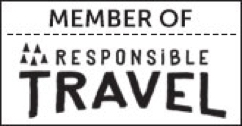

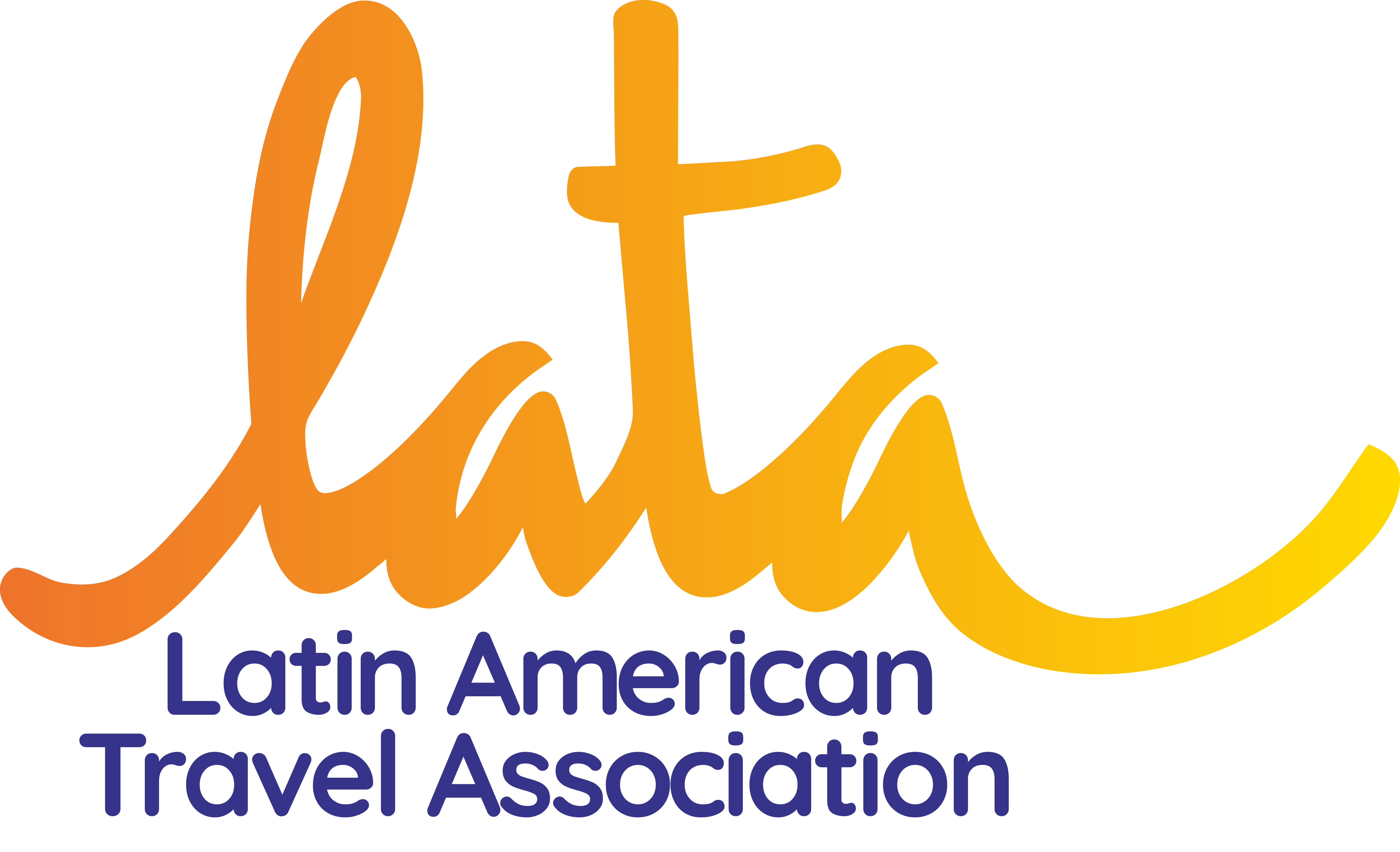

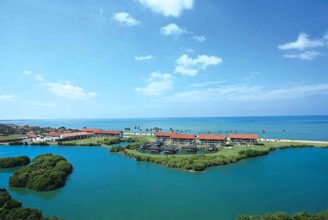


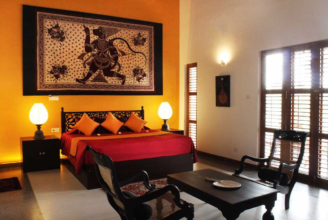
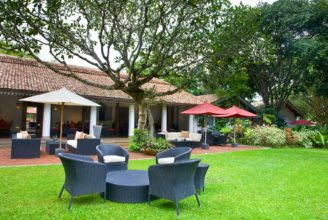
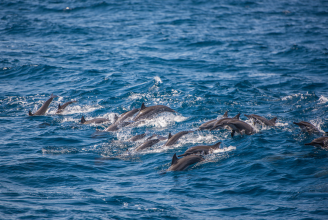

 Negombo
Negombo